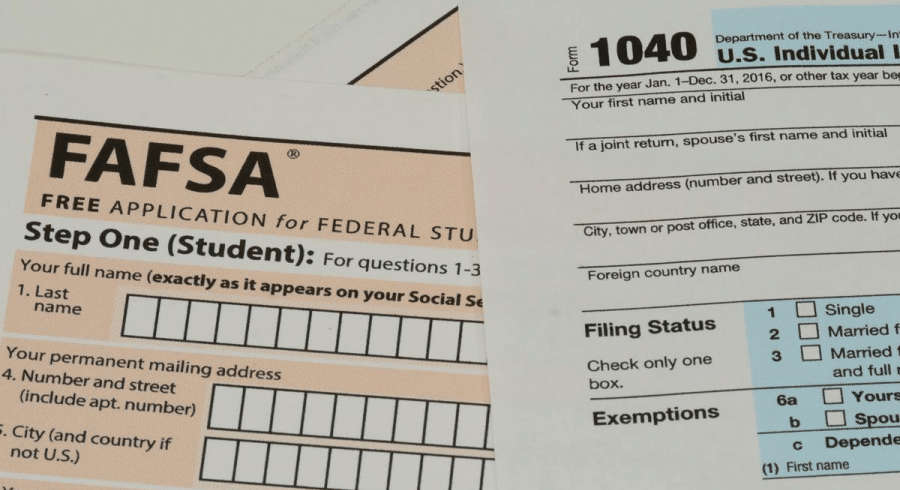Getting Started Simply: How the College Financial Aid Process Works
This first post in our series on paying for college provides a brief overview of the basics, including how your “need” is calculated. In future posts, we will examine the financial aid process in more depth and give you pointers on how to try to get the most aid for which you are eligible.
The cost of a four-year private college education has surpassed $150,000 at many schools. Even the public Ivies—state schools with excellent reputations—can run in excess of $200,000. Despite these costs, billions of dollars in financial aid are available for qualified families. Success in securing aid isn’t just about demonstrating need; it’s about understanding the financial aid office’s strategies. Financial aid is essentially a negotiation where their goal is to maximize what you pay, while yours is to ensure a fair deal.
Each year of college, you will need to complete the Free Application for Federal Student Aid (FAFSA) and possibly the PROFILE form for specific colleges. These forms, more detailed than tax returns, determine your Expected Family Contribution (EFC)—how much income and assets they expect your family to contribute to college costs.
College expenses typically include tuition, fees, room and board, personal expenses, books, and travel. Your “need” is the difference between these costs and your EFC.
Regardless of the school you apply to, your EFC remains relatively constant, while your need varies based on each school’s cost. To bridge this gap, each institution assesses how eager they are to enroll your student and offers a financial aid package comprising:
- Grants and Scholarships: tax-free funds that do not require repayment.
- Federal Work Study: a federally subsidized student work program.
- Student Loans: government loans, typically interest-free until after graduation.
Your initial aid package may not meet your needs, but understanding the financial aid process empowers you to negotiate with the financial aid office for better terms.
For further exploration, I recommend these two valuable resources to clients:
- Understanding types of financial aid and how to maximize your eligibility.
- Navigating the Free Application for Federal Student Aid (FAFSA) and the PROFILE form effectively.
Stay tuned for more detailed insights into navigating the college financial aid process!
- Paying For College Without Going Broke, 2015 Edition by Kalman A. Chany
- TheCollegeSolution.com, by Lynn O’Shaughnessy







